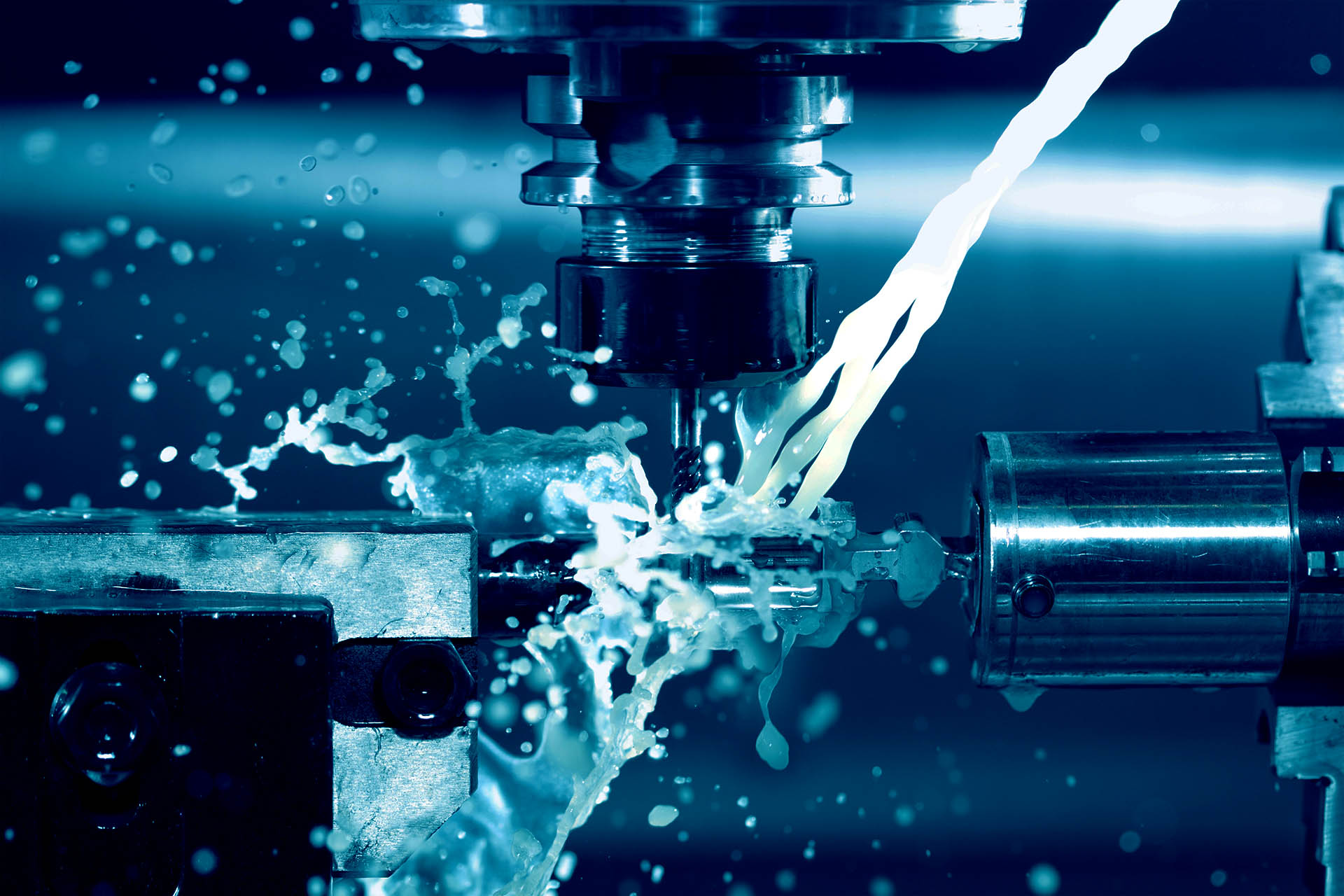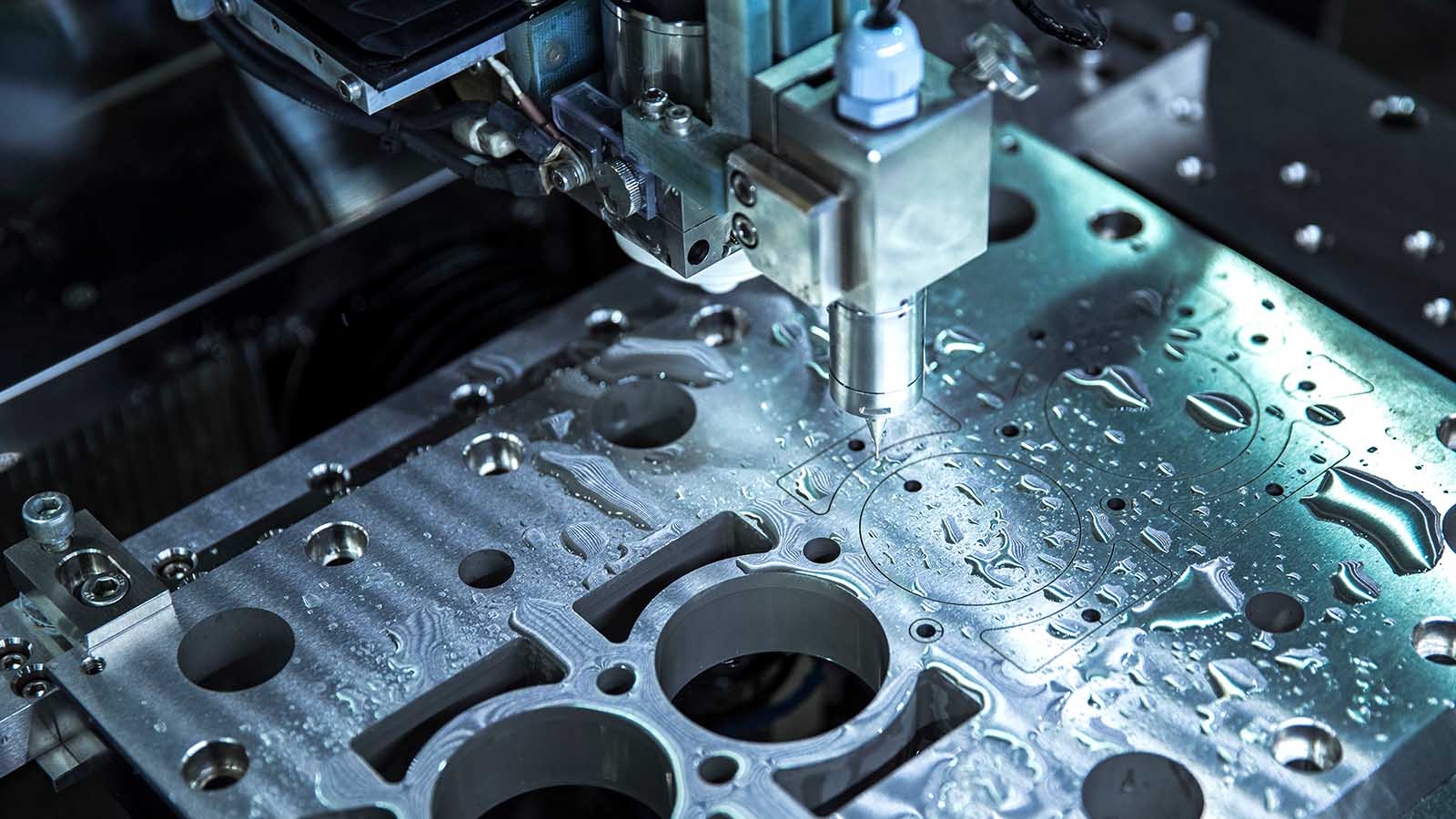The Role of Fasteners and Machining in High-Quality Item Layout
The Role of Fasteners and Machining in High-Quality Item Layout
Blog Article
Browsing the World of Fasteners and Machining: Strategies for Precision and Rate
In the complex realm of fasteners and machining, the mission for accuracy and rate is a perpetual challenge that requires careful attention to information and critical planning. From recognizing the varied range of fastener types to selecting optimal materials that can hold up against strenuous needs, each action in the procedure plays an essential role in accomplishing the wanted outcome.
Understanding Bolt Kind
When picking bolts for a task, understanding the various types available is essential for guaranteeing optimum performance and dependability. Bolts come in a vast array of types, each made for specific applications and needs. Screws are used with nuts to hold products together, while screws are versatile fasteners that can be used with or without a nut, depending on the application. Nuts, on the other hand, are internally threaded fasteners that friend with screws or screws, providing a protected hold. Washers are essential for dispersing the load of the fastener and stopping damage to the product being fastened. Additionally, rivets are irreversible bolts that are optimal for applications where disassembly is not called for. Comprehending the distinctions between these bolt types is essential for picking the right one for the task, guaranteeing that the connection is solid, durable, and reputable. By selecting the proper bolt kind, you can optimize the efficiency and longevity of your project - Fasteners and Machining.
Picking the Right Products
Comprehending the significance of picking the appropriate materials is critical in making sure the optimal efficiency and integrity of the picked fastener kinds discussed previously. When it pertains to fasteners and machining applications, the material option plays an essential function in determining the general stamina, sturdiness, deterioration resistance, and compatibility with the desired atmosphere. Various materials use differing residential properties that can considerably affect the performance of the bolts.
Usual materials used for bolts consist of steel, stainless-steel, aluminum, brass, and titanium, each having its special strengths and weaknesses. Steel is renowned for its high stamina and longevity, making it appropriate for a large range of applications. Stainless-steel uses superb corrosion resistance, perfect for environments susceptible to moisture and chemicals. Aluminum is corrosion-resistant and light-weight, making it ideal for applications where weight decrease is important. Brass is typically picked for its visual charm and excellent conductivity. Titanium is known for its outstanding strength-to-weight proportion, making it perfect for high-performance applications. Choosing the best material entails considering aspects such as strength needs, environmental problems, and budget constraints to make certain the wanted performance and durability of the bolts.
Precision Machining Techniques

In enhancement to CNC machining, other accuracy techniques like grinding, turning, milling, and boring play vital functions in bolt production. Grinding aids attain great surface finishes and tight dimensional tolerances, while transforming is typically utilized to create round parts with specific sizes. Milling and exploration procedures are crucial for forming and producing openings in bolts, ensuring they fulfill specific requirements and feature correctly.
Enhancing Rate and Efficiency
To enhance bolt manufacturing procedures, it is necessary to streamline procedures and carry out effective methods that enhance accuracy machining strategies. One vital approach for improving speed and effectiveness is the execution of lean production principles. By reducing waste and concentrating on constant renovation, lean practices assist eliminate traffic jams and maximize process. Furthermore, buying automation innovations can significantly improve production speed. Automated systems can take care of recurring tasks with precision and rate, enabling employees to concentrate on more facility see it here and value-added tasks. Embracing Just-In-Time (JIT) inventory monitoring can likewise boost performance by making certain that the right products are readily available at the best time, minimizing excess inventory and reducing preparations. Furthermore, cultivating a culture of collaboration and communication amongst team participants can boost general efficiency by advertising openness, analytic, and development. By integrating these strategies, makers can attain a balance between speed and precision, ultimately improving their affordable side in the bolt sector.
Top Quality Control Actions
Carrying out strenuous high quality control procedures is essential in guaranteeing the dependability and uniformity of fastener items in the production procedure. Quality control measures incorporate various stages, beginning with the choice of raw products to the last examination of the completed bolts. One essential element of quality control is conducting detailed material evaluations to confirm compliance with specifications. This involves examining factors such as material strength, longevity, and composition to guarantee that the bolts fulfill industry requirements. Additionally, monitoring the machining processes is vital to promote dimensional precision and surface finish quality. Using sophisticated innovation, such as computerized evaluation systems and accuracy measuring devices, can enhance the precision and performance of quality assurance treatments.
Normal calibration of devices and equipment is vital to maintain consistency in manufacturing and ensure that fasteners fulfill the needed resistances. Executing rigorous procedures for identifying and dealing with issues or non-conformities is vital in protecting against substandard items from entering the marketplace. By developing a detailed high quality control framework, manufacturers can support the track record of their brand and supply fasteners that fulfill the greatest standards of performance and longevity.
Conclusion

In the elaborate world of fasteners and machining, the mission for accuracy and rate is a continuous difficulty that requires meticulous attention to information and calculated planning. When it comes to bolts and machining applications, the product selection see this site plays a critical duty in determining the general toughness, sturdiness, corrosion resistance, and compatibility with the intended environment. Accuracy machining includes numerous sophisticated techniques that ensure the tight resistances and requirements required for fasteners.In enhancement to CNC machining, other precision techniques like grinding, transforming, milling, and boring play vital functions in fastener production.To optimize bolt manufacturing procedures, it is necessary to improve procedures and execute efficient strategies that complement accuracy machining methods.
Report this page